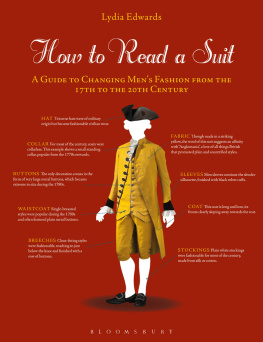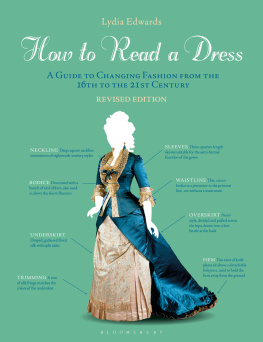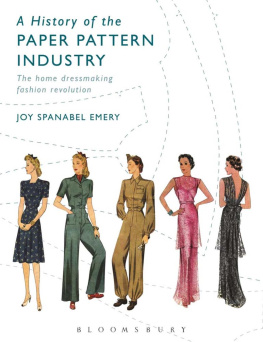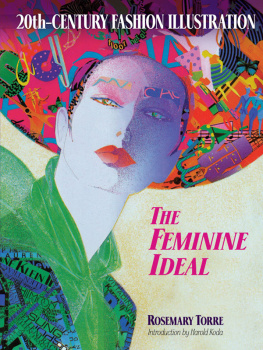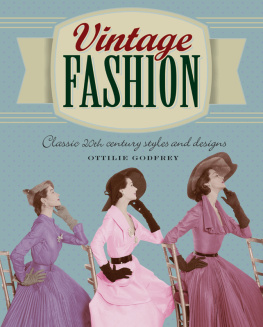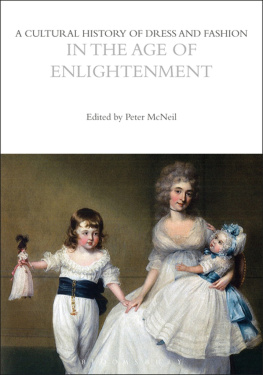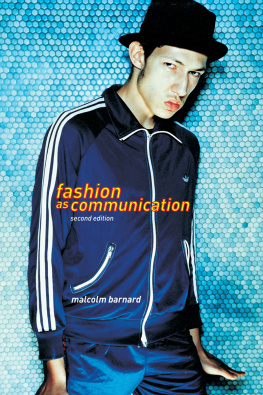Lydia Edwards - How to Read a Suit: A Guide to Changing Men’s Fashion from the 17th to the 20th Century
Here you can read online Lydia Edwards - How to Read a Suit: A Guide to Changing Men’s Fashion from the 17th to the 20th Century full text of the book (entire story) in english for free. Download pdf and epub, get meaning, cover and reviews about this ebook. year: 2020, publisher: Bloomsbury Visual Arts, genre: Home and family. Description of the work, (preface) as well as reviews are available. Best literature library LitArk.com created for fans of good reading and offers a wide selection of genres:
Romance novel
Science fiction
Adventure
Detective
Science
History
Home and family
Prose
Art
Politics
Computer
Non-fiction
Religion
Business
Children
Humor
Choose a favorite category and find really read worthwhile books. Enjoy immersion in the world of imagination, feel the emotions of the characters or learn something new for yourself, make an fascinating discovery.
- Book:How to Read a Suit: A Guide to Changing Men’s Fashion from the 17th to the 20th Century
- Author:
- Publisher:Bloomsbury Visual Arts
- Genre:
- Year:2020
- Rating:3 / 5
- Favourites:Add to favourites
- Your mark:
How to Read a Suit: A Guide to Changing Men’s Fashion from the 17th to the 20th Century: summary, description and annotation
We offer to read an annotation, description, summary or preface (depends on what the author of the book "How to Read a Suit: A Guide to Changing Men’s Fashion from the 17th to the 20th Century" wrote himself). If you haven't found the necessary information about the book — write in the comments, we will try to find it.
Fashion is ever-changing, and while some styles mark a dramatic departure from the past, many exhibit subtle differences from year to year that are not always easily identifiable. With overviews of each key period and detailed illustrations for each new style, How to Read a Suit is an authoritative visual guide to the under-explored area of mens fashion across four centuries.
Each entry includes annotated color images of historical garments, outlining important features and highlighting how styles have developed over time, whether in shape, fabric choice, trimming, or undergarments. Readers will learn how garments were constructed and where their inspiration stemmed from at key points in history as well as how menswear has varied in type, cut, detailing and popularity according to the occasion and the class, age and social status of the wearer.
This lavishly illustrated book is the ideal tool for anyone who has ever wanted to know their Chesterfield from their Ulster coat. Equipping the reader with all the information they need to read menswear, this is the ultimate guide for students, researchers, and anyone interested in historical fashion.
Lydia Edwards: author's other books
Who wrote How to Read a Suit: A Guide to Changing Men’s Fashion from the 17th to the 20th Century? Find out the surname, the name of the author of the book and a list of all author's works by series.

